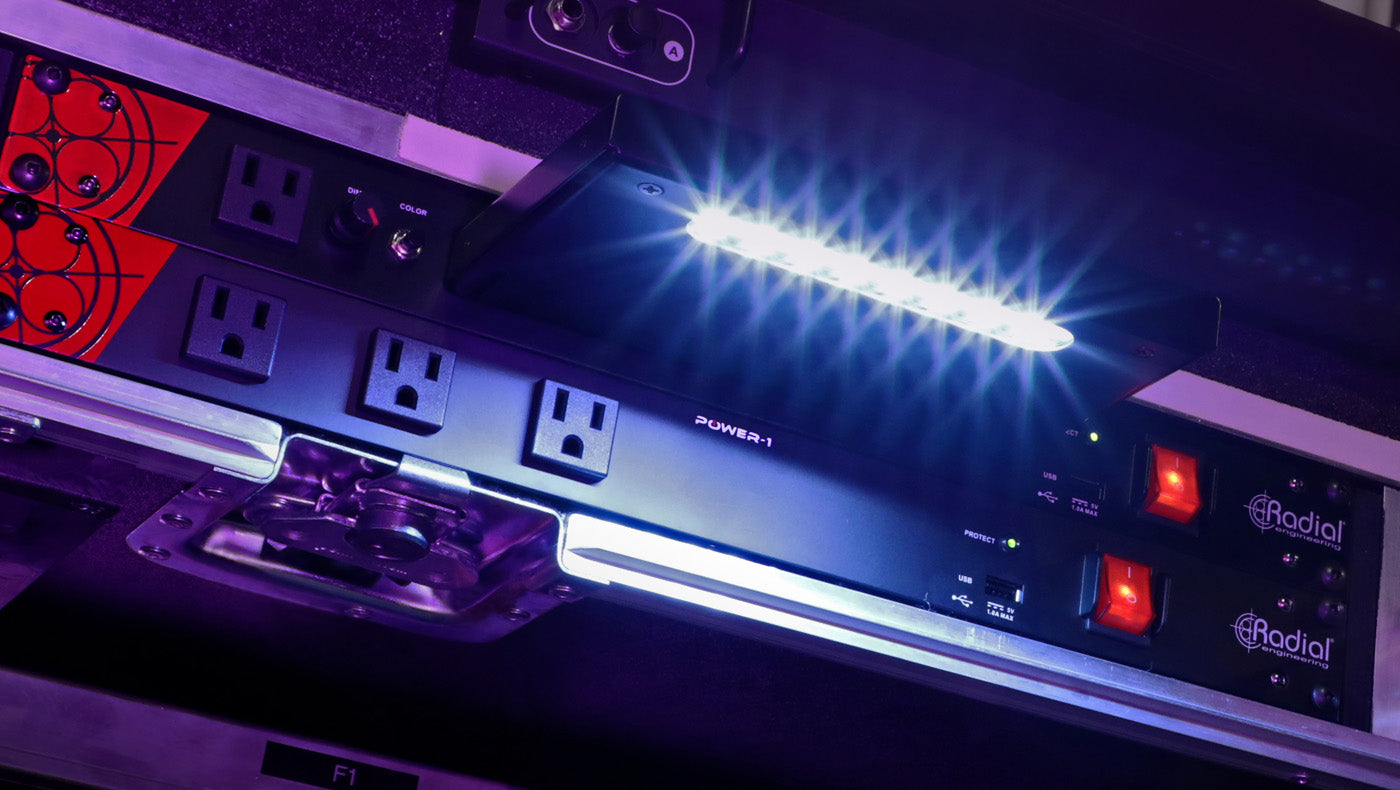The past couple of years have seen a resurgence of interest in cassette based multi-track recorders for their vintage "tape" sound and their ease of use. We've seen a lot of recorders come through our store over the years and have developed a testing method to make sure that the recorders we sell are in tip-top shape and will last for years to come.
 Our Cassette Recorder Testing Methodology:
Our Cassette Recorder Testing Methodology:
- The first thing we do when we get in a recorder, is plug the unit in, and make sure it powers up.
- Next we put in a tape and test the Fast-Forward and Rewind functions.
- Then we test the transport heads by hitting “Play” and make sure the transport kicks in and does not kick back out. We follow this by testing the “Pause” and “Play” again to test that button.
- Next, we'll plug a drum machine into each channel, XLR (if it has them) and ¼” and test the gain or “Trim” knobs for scratchiness, and then the faders, pan pots, effects sends, and the EQ section. We also test any switches or buttons on each channel listening for scratchiness as well, and if we hear any, we spray it with contact cleaner and work it in until there is no more noise.
- Then we test the effects returns and/or any other inputs for problems.
- Next, we plug the drum machine into channel 1 and move the pan to center and assign to all tracks/busses.
- We then record on every track at the same level for about 30 seconds.
- We rewind and play it back to make sure what was recorded is all there.
- At this time we also listen for any audible speed fluctuations of any kind.
- If we suspect any record vs. playback level problems or speed fluctuation with the drum machine, we move on to the “Tone Test”.
- The tone test involves a 1Khz tone generator that we feed to all tracks at 0dB. We record the tone for 1 minute and then play it back to compare the playback level to the recorded level. We also compare the playback to the “live” 1Khz tone to reveal any pitch change which indicates speed problems, probably due to a worn out drive belt.
- If there is a pitch discrepancy, the drive belt gets replaced. This test usually tells us the belt is bad by a slowly dropping pitch as the worn-out belt slips and heats up, making it stretch and slip even more.
- If there are any record vs. playback level discrepancies beyond roughly 15%, we open the unit up and calibrate the record and/or playback levels to produce 0dB in=0dB out on all tracks.
- We always use contact cleaner on the pitch control knob, as this is a common cause for speed fluctuations.
- If we feel the head mechanism is at all “sluggish” in it's movement in and out, we will clean out the dust/dirt and apply a lubricant to ensure smooth operation.

- We always test the input, output, and especially, the headphone jacks for broken solder.
- Once we have achieved the proper performance levels from all channels, tracks, and controls, we do a tape head demagnetization.
- Lastly, we do a head cleaning and capstan wheel rubber cleaning, and give it a good once-over dusting and cleaning before sending it on for listing on our website.
As you can see, we go through a lengthy process to make sure that the cassette recorder you buy from us is ready for years of use.
About the Author
Patrick Smolinksi is a recording industry veteran with over 15 years of pro audio retail sales experience, over 11 years of running his own recording studio in central Wisconsin, and is a multi-instrumentalist playing all of the instruments on songwriter demos. Pat is a musician at heart and has also found himself playing gigs with several bands over the past 30 years. He loves his twins, the Packers, music, and pro audio gear.
 Our Cassette Recorder Testing Methodology:
Our Cassette Recorder Testing Methodology:



